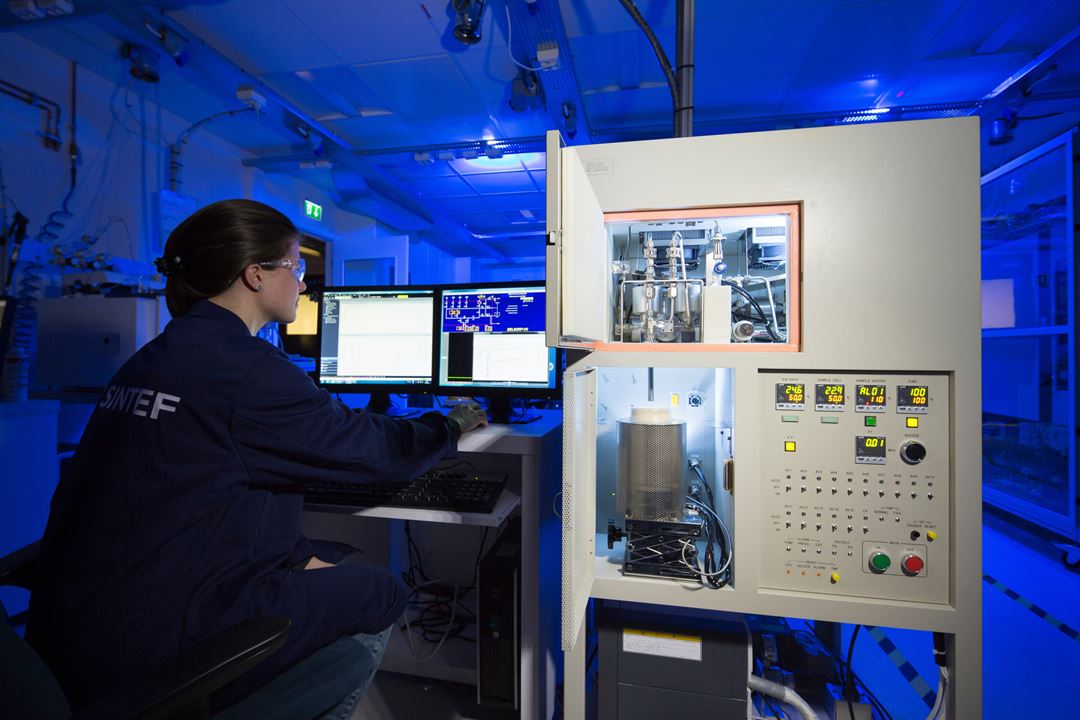Data for equilibrium and kinetics of the absorbate is necessary to evaluate whether the porous material can act as an absorbent for a specific separation problem. SINTEF has infrastructure for determination of equilibrium data (isotherms) from 77K to 400K, and from vacuum to 100 atm. Sorption kinetics is determined by pulse or breakthrough experiments and modelling. In addition, we have fully automated reactor systems that can carry out multicycle absorption/regeneration experiments using real gas mixtures.
SINTEF has extensive experience in assessing the usefulness of a specific adsorbent to a specific separation purpose based on equilibrium data. In addition, the full data set for an adsorbent is used to model a particular separation process. Simulations may secondly provide information on the separation efficiency of the process (yield and purity of exit gases in the process). Pressure swing adsorption (PSA) and temperature swing adsorption (TSA) are typical examples of cyclic separation processes. Model optimization of the sequence used to obtain a continuous process in multi-column PSA processes, is essential.
SINTEF also has extensive experience in the design and structure of the test apparatus. This is essential for model validation. We have a completely automated lab-scale 4-column PSA (PCSA) for low-temperature separation while a similar continuous reactor for TSA wild be available during 2017.

